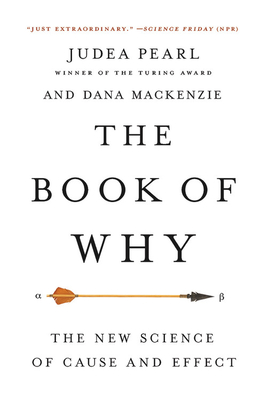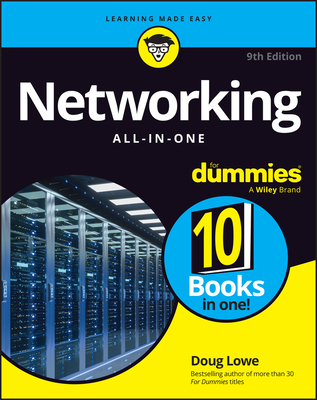Fast Track to XML and XSLT Training in Saint Paul
Enroll in or hire us to teach our Fast Track to XML and XSLT class in Saint Paul, Minnesota by calling us @303.377.6176. Like all HSG
classes, Fast Track to XML and XSLT may be offered either onsite or via instructor led virtual training. Consider looking at our public training schedule to see if it
is scheduled: Public Training Classes
Provided there are enough attendees, Fast Track to XML and XSLT may be taught at one of our local training facilities.
|
We offer private customized training for groups of 3 or more attendees.
|
||
Course Description |
||
| This course is an intensive, hands-on introduction to XML, XPath, and
XSLT. The course is a balanced mixture of theory and practical labs
designed to take students from the basic fundamentals of XML right
through to the advanced XML technologies. The students are walked
through the different standards in a structured manner to enable them to
master the concepts and ideas, which are reinforced in the lab
exercises. The course starts with the fundamentals of XML, including
coverage of either DTDs or XML Schema. It then moves on to the XPath
and XSLT standards, and how to use them to transform XML documents into
other documents such as HTML documents or other XML documents.
Course Length: 3 Days
Course Tuition: $1290 (US) |
||
Prerequisites |
|
| Familiarity with Web and data processing concepts. Fundamentals of XML. | |
Course Outline |
|
Introduction to XML
XML Defined
Benefits of Using XML, comparison to HTML
SGML and the origins of XML.
The XML standard and how it relates to the other standards (XSL, XPath, DOM, SAX, etc).
Some real life XML applications.
The XML Document
Structure of the XML document.
The document body
Elements, tags, and attributes.
Prolog, XML Declaration and PIs.
Entities, CDATA
Well-formed XML
XML syntax and parsing.
Namespaces
The Motivating Problem
The Namespace Solution (Definition, qualified names, URIs, prefixes)
Namespace scope and overriding
Default Namespaces
Namespaces and Attributes
Valid XML Documents
Definition of a valid document
Definition of a schema
Schema Languages
XML Schema
General Form of an XML Schema
Elements, Attributes and Types
Element Definitions
Simple Types
Primitive and Derived Datatypes
Complex Types - Sequence, Choice, All
Element Occurrence Constraints
Attribute Definitions
Attribute Occurrence Constraints
SimpleContent Type
Using XML Schema with Namespaces
The Document Type Definition (DTD) Overview
The role and functions of a DTD.
Specifying internal and external DTDs.
Overview of DTD structure
Specifying internal and external entities.
Comparison of XML Schema to DTD
Since DTDs are being phased out in favor of XML Schemas, we present only an overview here
XML Schema Advanced Topics
Element and Attribute Group Definitions
Defining New Types
Facets
Defining new Simple Types by Restriction, Enumeration, List, Union
Defining new Complex Types by Extension and Restriction
Generic Types
XPath (XML Path Language)
Overview of the XPath standard.
XPath data model – why we need it.
Tree addressing and node types.
XPath Expressions
Working with location paths – step by step.
Absolute and relative location paths
Axis specifiers, predicates, and functions
Lab: Node Trees, Names, String-values
Lab: Location Paths and Axes
Lab: Predicates, Functions, Operators
XSLT (Extensible Stylesheet Language Transformations) Basics
XSLT Overview and History
Stylesheets, Templates, and the XSLT Process
Processing child nodes
Default templates
Writing templates – xsl:template
Continuing Processing – xsl:apply-templates
Lab: Default Template Rules
Lab: Writing Templates
Transforming XML to XML
xsl:copy-of
xsl:copy
Pruning the result tree
Attribute Value Templates
Controlling output with xsl:output
Whitespace handling
Lab: Pruning the Source Tree
Lab: Creating a summary XML document
Transforming XML to HTML
Fundamental approach
HTML elements in an XML document
Basic HTML Tables
Considerations in generating tables
Lab: Transforming an XML order document to HTML
Conditional Processing
Overview
xsl:if
xsl:choose, xsl:when, xsl:otherwise
Lab: Using Conditional Processing
|
Course Directory [training on all levels]
Technical Training Courses
Software engineer/architect, System Admin ... Welcome!
- .NET Classes
- Agile/Scrum Classes
- AI Classes
- Ajax Classes
- Android and iPhone Programming Classes
- Azure Classes
- Blaze Advisor Classes
- C Programming Classes
- C# Programming Classes
- C++ Programming Classes
- Cisco Classes
- Cloud Classes
- CompTIA Classes
- Crystal Reports Classes
- Data Classes
- Design Patterns Classes
- DevOps Classes
- Foundations of Web Design & Web Authoring Classes
- Git, Jira, Wicket, Gradle, Tableau Classes
- IBM Classes
- Java Programming Classes
- JBoss Administration Classes
- JUnit, TDD, CPTC, Web Penetration Classes
- Linux Unix Classes
- Machine Learning Classes
- Microsoft Classes
- Microsoft Development Classes
- Microsoft SQL Server Classes
- Microsoft Team Foundation Server Classes
- Microsoft Windows Server Classes
- Oracle, MySQL, Cassandra, Hadoop Database Classes
- Perl Programming Classes
- Python Programming Classes
- Ruby Programming Classes
- SAS Classes
- Security Classes
- SharePoint Classes
- SOA Classes
- Tcl, Awk, Bash, Shell Classes
- UML Classes
- VMWare Classes
- Web Development Classes
- Web Services Classes
- Weblogic Administration Classes
- XML Classes
Business Training Courses
Project Managers, Business Analysts, Paralegals ... Welcome!
Upcoming Classes
Gain insight and ideas from students with different perspectives and experiences.
- RED HAT ENTERPRISE LINUX SYSTEMS ADMIN II
8 December, 2025 - 11 December, 2025 - ASP.NET Core MVC (VS2022)
24 November, 2025 - 25 November, 2025 - Python for Scientists
8 December, 2025 - 12 December, 2025 - Fast Track to Java 17 and OO Development
8 December, 2025 - 12 December, 2025 - Introduction to Spring 6, Spring Boot 3, and Spring REST
15 December, 2025 - 19 December, 2025 - See our complete public course listing






